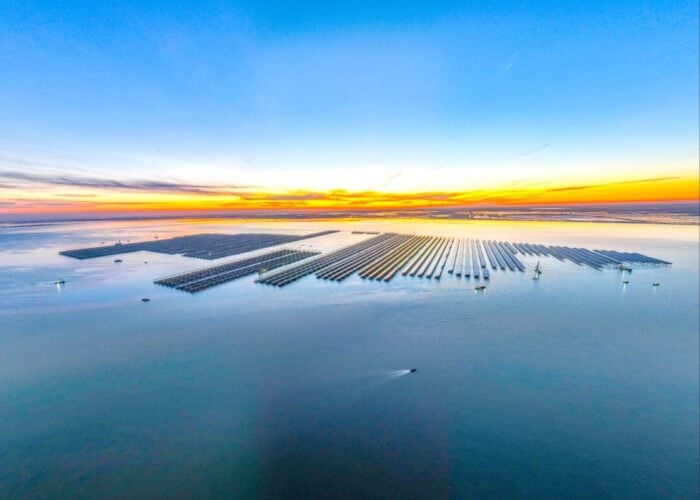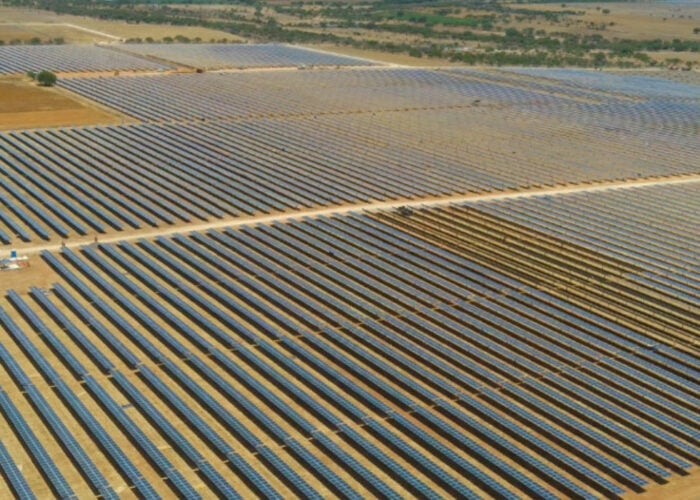First Solar has also revealed a new total area module efficiency record for its CdTe thin-film technology of 17%, a significant increase from 16.1%, set in April 2013. Tests were performed by the U.S. Department of Energy's National Renewable Energy Laboratory (NREL).
First Solar also confirmed an aperture area conversion efficiency of 17.5% module, which was developed and produced by its research team at its Solar Research and Development Center in Perrysburg, Ohio, using production-scale processes and materials, according to the company.
Try Premium for just $1
- Full premium access for the first month at only $1
- Converts to an annual rate after 30 days unless cancelled
- Cancel anytime during the trial period
Premium Benefits
- Expert industry analysis and interviews
- Digital access to PV Tech Power journal
- Exclusive event discounts
Or get the full Premium subscription right away
Or continue reading this article for free
“This achievement demonstrates our ability to rapidly and reliably transfer research results to full-size modules. We can take CdTe innovation from the lab to production faster and more reliably than other technologies due to our robust, adaptable manufacturing processes and the accommodating nature of CdTe material technology,” said Raffi Garabedian, First Solar's chief technology officer. “Our R&D efforts are delivering technology that will quickly be scaled to real-world application as part of our integrated power plant systems, which are engineered to deliver the best performance, reliability and value for our customers.”
Technology roadmap
According to Garabedian’s presentation during First Solar’s 2014 Analyst Day event, the company has accelerated its production module conversion efficiency roadmap.
Based on lead-line production nameplate efficiency targets, First Solar expects module efficiencies to reach from 15.6% to 15.8%, at the end of 2015.
First Solar also extended its module conversion efficiency roadmap to 2017, with targets for year-end lead-line production nameplate efficiency of 17.7% to 18.4% in 2016 and 18.1% to 18.9% in 2017.
As with previous roadmaps, lead-line production nameplate efficiency targets have subsequently closely correlated to actual lead production line real world figures.
Part of the drive to higher production efficiencies for the company is to ultimately extend its available market to include residential and commercial rooftops.
“With the highest demonstrated thin-film module performance, we are positioned to pursue new deployment opportunities around the world,” added Garabedian.






